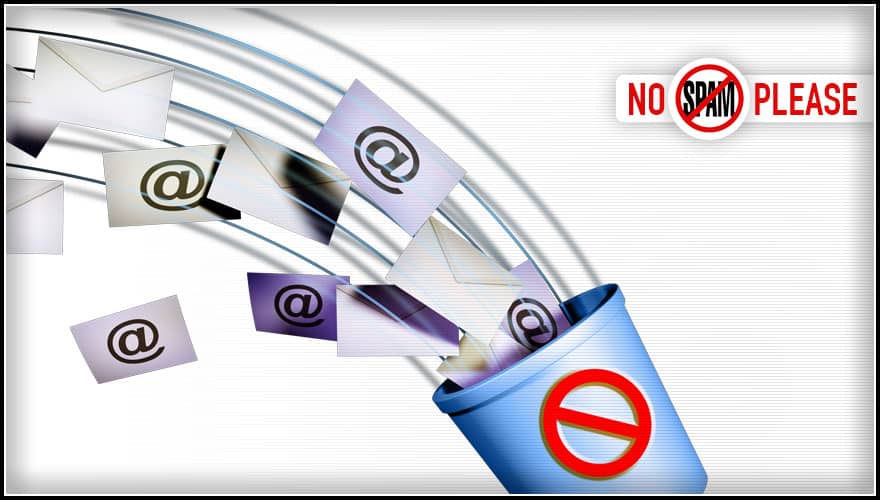E-mail marketing is where you send emails to your existing and prospective customers’ emails that are meant to increase business. A worried online site retailer is rather concerned about why his mails aren’t really increasing his business. He is yet to know that all of his emails are not even read to forget closing a sale. That’s the inevitable danger of landing in your customer’s spam folder.
In easy terms, spam is a folder that stores all the mails that are presumed to be faulty and where the emails can be misleading. You though being a bulk mailer having no bad intentions can still land you in spam.
So here are steps that we suggest you follow to curb the chances of your email landing in the spam folder.
- Update your data
Not all of us hold on to one email id for the rest of our lives. All of us change our email ids some time or other. If you quit an organization, your mail id is now redundant. If you mail to any of these closed accounts, your reputation as a sender may fade. So make sure to capture all replies and, after a deployment, unsubscribe users who no longer use that ID and keep a clean track of your users. - Segregate your users into active and inactive
Many of us don’t know that if your prospective customer does nothing on receiving your email, the ISP (Internet service providers) observes this inactivity. In a matter of days, all your mails will be falling under the junk/spam folder. So the point here to be noted is that your mail should either open the mail or reply to the mail. There are no problems with the active customers, so to get the inactive users, study their interest, send emails that are sure to push them to open the mails like advertising of an offer, etc.? - Your subject line
It should not contain more usage of punctuation and capitalization. Using a $ symbol at the beginning of the subject line is a big no-no; besides this, many keywords trigger mail servers to consider your email as spam. Try not to use them in your email body or on the subject. For more details, read our blog – List of common spam words - Check your spam score
Many email providers have a default spam-checker tool. This will provide your information about how prone your emails are to spam, and though the score is not figured definite, it’s surely worth trusting on. To check the spam score of your email message that you plan to send, you can use free tools like – https://www.mail-tester.com - Domain & SMTP check
Most of us use email providers like Gmail, Yahoo, and Hotmail, so if one user blocks an email message, then it is considered spam for all. You have to be sure that the mail server you are using to send emails is not listed on any Blacklist and has a good reputation. You can check the reputation of your domain name or mail server by using tools like – http://mxtoolbox.com/blacklists.aspx - Clean track record
You can tools that can help you evaluate your reputation of emails. You must know from where the emails are being sent and use these IP addresses to eliminate blacklists. You should also check for the SPF and DKIM records for your domain as they improve the authority of email and reduce your server’s spam score.
An email today is the most popular communication mode and has been abused by businesses for commercial benefits. Though it is not wrong to use email to send commercial information, we have to keep in mind that we share this information with users who intend to receive it and benefit from it. A Golden Rule that prevents your emails from not landing into spam is NOT to send spam emails.

